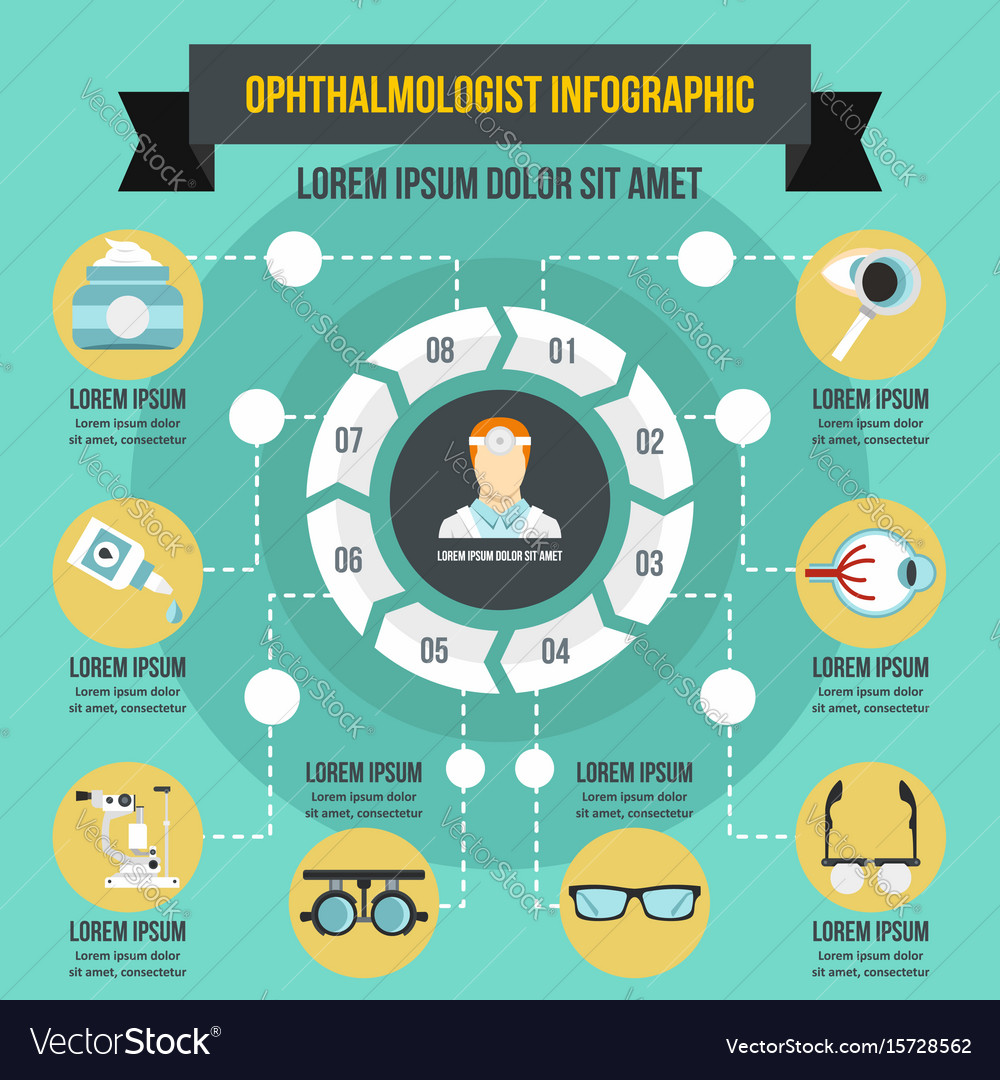Explore A Remarkable Expedition Right Into The Background Of Cataract Surgical Treatment Approaches That Are Revolutionizing The Area Of Eye Health
Explore A Remarkable Expedition Right Into The Background Of Cataract Surgical Treatment Approaches That Are Revolutionizing The Area Of Eye Health
Blog Article
https://www.ctvnews.ca/w5/families-deal-with-repercussions-after-rare-but-severe-complications-from-laser-eye-surgery-1.4363940 -Korsgaard Whitfield
As you check out the advancement of sophisticated cataract surgical treatment methods, you'll witness a journey marked by ingenuity and accuracy. From old techniques that led the way for contemporary advancements to sophisticated modern technologies that are transforming the area, the comprehensive summary of cataract surgery methods is a testament to human development and dedication to enhancing patient results. The complex interplay between historic approaches and advanced innovations produces a fascinating story that clarifies the development of among the most common procedures worldwide.
Historical Techniques and Developments
Discover just how early cosmetic surgeons transformed cataract therapy by employing ingenious strategies and devices. In the past, cataract surgical procedure was a dangerous and uncomfortable treatment. Nevertheless, old Indian physicians were among the very first to try surgical treatments for cataracts, using a method called 'formulating' where a sharp instrument was utilized to push the cataract back into the eye. This approach, though crude by today's criteria, laid the groundwork for future improvements in cataract surgical procedure.
As time advanced, Arab physicians made substantial payments by developing specialized needles for cataract removal. These needles were utilized to pierce the cataract and after that extract it from the eye, marking a considerable improvement in surgical precision.
Later on, in the 18th century, the French doctor Jacques Daviel originated the method of extracapsular cataract extraction, where the entire lens was gotten rid of undamaged via a larger cut. This marked a significant advancement in cataract surgery strategies, paving the way for the contemporary treatments we use today.
Modern Surgical Approaches
Early strategies in cataract surgery have developed substantially, bring about the growth of modern surgical methods that prioritize accuracy and boosted individual end results. Modern cataract surgery now often involves a treatment called phacoemulsification, where an ultrasonic device separate the cataract for elimination with a small cut. This method enables quicker healing and lowers the danger of problems contrasted to older methods.
Additionally, using advanced cataract surgery around me (IOLs) has reinvented cataract surgery results. These lenses can correct not just the cataract however also various other refractive errors like astigmatism, lowering the requirement for glasses post-surgery.
Surgeons today likewise have accessibility to sophisticated imaging technologies that help in precise preoperative planning and intraoperative decision-making. Optical coherence tomography (OCT) and various other imaging modalities provide detailed pictures of the eye's structures, allowing for an extra customized method per individual's surgical procedure. With these innovations, modern cataract surgical treatment strategies continue to improve, offering patients safer treatments and much better aesthetic end results.
Emerging Technologies in Cataract Surgical Procedure
With advancements in technology reinventing the field, cataract surgery is observing the integration of ingenious techniques for enhanced patient outcomes. Arising innovations in cataract surgical procedure are reshaping the landscape of sensory treatments. One such improvement is femtosecond laser technology, which permits precise corneal incisions, capsulotomies, and lens fragmentation, resulting in boosted medical accuracy and outcomes.
Additionally, intraoperative aberrometry is gaining appeal, enabling real-time dimensions of refractive mistakes during surgical treatment to improve intraocular lens power computations and reduce postoperative refractive shocks.
Furthermore, making use of innovative imaging technologies like optical coherence tomography (OCT) and intraoperative wavefront aberrometry help surgeons in accurate surgical preparation and execution. These devices offer thorough anatomical information and assistance customize medical methods for each client's one-of-a-kind eye characteristics.
Additionally, developments in expert system are being explored to aid in preoperative preparation, intraoperative decision-making, and postoperative care, possibly maximizing medical outcomes and client fulfillment. Accepting these emerging technologies in cataract surgical treatment holds promise for further enhancing individual end results and ensuring the continued development of sensory medical strategies.
Conclusion
As you trip via the history of cataract surgical treatment, you witness the transformation from old methods to sophisticated modern technologies. Like a phoenix rising from the ashes, cataract surgical procedure has actually evolved into a beacon of hope and technology.
Just as a caterpillar arises from its cocoon as a gorgeous butterfly, cataract surgery has developed into a refined art type, offering individuals more clear vision and a brighter future.
The advancement proceeds, radiating a light on countless possibilities.
